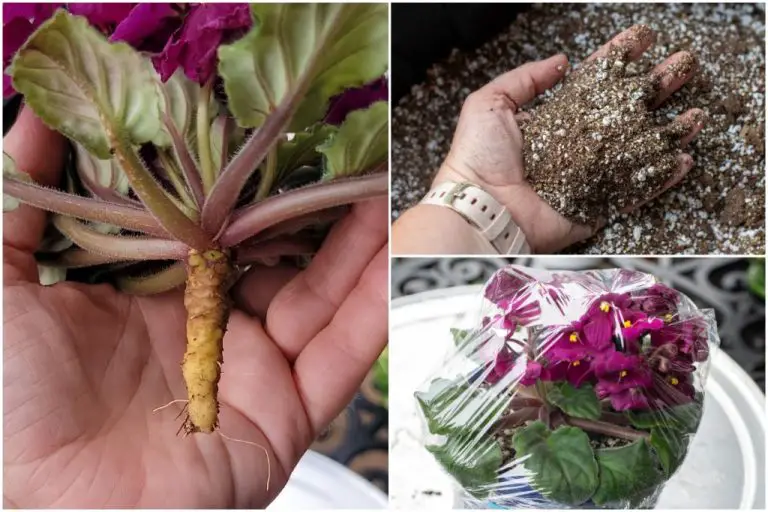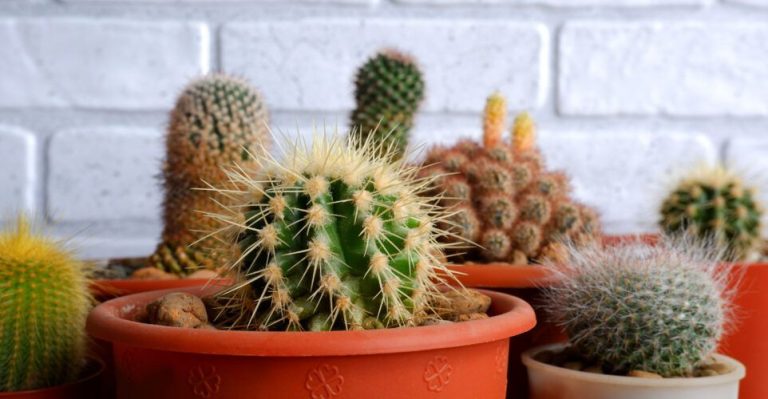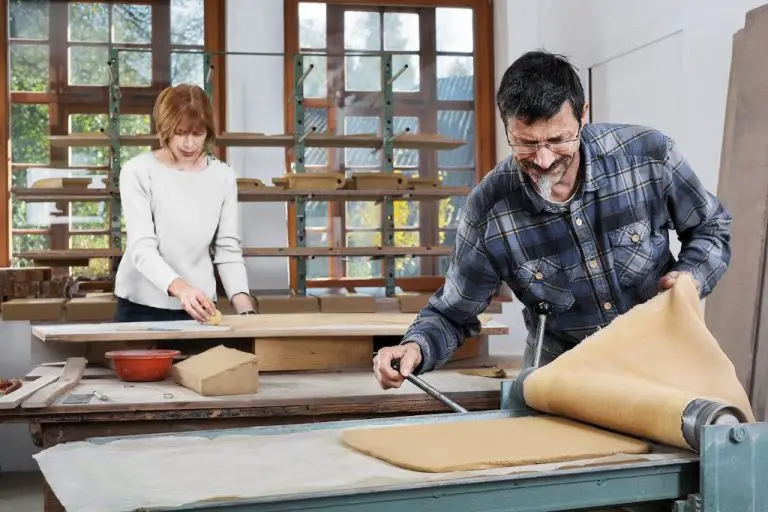Can You Mosaic Clay Pots?
Mosaic art is the process of creating images with small pieces of colored glass, stone, tile or other materials. It dates back thousands of years to ancient times. Mosaic clay pots involve applying mosaic tiles or glass pieces onto the surface of terra cotta or ceramic pots to create decorative designs and patterns.
Clay pot mosaics make for fun craft projects that result in one-of-a-kind pieces of art. They allow for immense creativity and customization when designing the mosaic pattern. Finished mosaic pots can be incorporated into gardens, used as decorative accents in the home, or given as handmade gifts. The mosaic tiles provide durability to protect the pot from weathering.
Benefits of Mosaic Clay Pots
One of the greatest benefits of decorating clay pots with mosaic tiles or glass pieces is that it creates a beautiful, aesthetically pleasing effect. The mosaic pieces add striking colors, interesting textures, and intricate patterns to an ordinary clay pot. Mosaic clay pots become works of art for your garden, patio, or indoor spaces.
Turning a basic terra cotta or ceramic pot into a mosaic pot is an easy way to incorporate more color and visual interest into your decor. The mosaic pieces contrast beautifully against the natural clay material of the pot. Light reflects and sparkles off the mosaic tiles or glass, creating a shimmering look. A mosaic clay pot can become the focal point of your indoor or outdoor space.
You can make your mosaic pot blend into its surroundings or make it stand out, depending on your color and material choices. Add a pop of color with vibrant glass or tiles for a striking statement piece. Opt for more subdued, earthy tones for a pot that blends with nature. The design options are endless with mosaic pots!
Choosing the Right Clay Pot
When selecting a clay pot for mosaic, consider a few key factors to ensure you pick the right base for your project. The size, shape and color of the pot will significantly impact the design.
First, consider the size. The dimensions of the pot will determine how much surface area you have to work with. A smaller pot like a 4″ planter will only provide space for a small, simple design. For more intricate patterns or images, select a larger pot or even a series of different sized pots.
The shape of the pot will also affect the mosaic layout. Round and curved surfaces may require special patterning compared to flat surfaces. Opt for simple geometric or abstract shapes on curved areas. Square, cylindrical and rectangular pots work well for representational mosaic images.
Finally, choose a clay pot color that will complement or contrast the tiles you plan to use. A light neutral base creates one look, while a colorful patterned pot achieves a different effect. Consider the overall visual impact you want to create.
By keeping size, shape and color in mind when selecting a pot, you’ll have the right foundation for your mosaic project.
Preparing the Clay Pot
Before starting your mosaic, it’s important to properly prepare the clay pot surface. Here are the key steps:
Cleaning
Make sure your clay pot is free of any dirt, dust or oils. Wash it with soap and water and let it fully dry. You may also want to lightly sand the outer surface to help the adhesive grip better.
Applying Adhesive
Next, you’ll want to apply a thin, even layer of tile adhesive or mortar to the surface using a trowel or putty knife. Choose an adhesive designed for mosaics and ceramics. Apply enough to fully cover the surface, but not too thick. Let the adhesive become tacky before adding tiles.
Properly preparing the clay pot ensures your mosaic tiles will adhere well and your design will last. Take your time with this step to create a strong foundation.
Selecting Tiles/Materials
When creating a mosaic on a clay pot, you have several options for the tiles or materials you can use. Some of the most popular choices include:
Glass Tiles
Glass tiles add a shiny, shimmery effect to a clay pot mosaic. They come in endless colors, sizes, and styles. Glass tiles with an iridescent finish can create cool visual effects as the light hits them. Use care when handling and cutting glass tiles as the edges can be sharp.
Ceramic Tiles
Ceramic tiles are affordable, easy to cut, and come in a wide variety of colors. Unglazed ceramic tiles work best as they have a rough surface the grout can adhere to. Glazed tiles are slick, so the grout may not grip them as well. Mosaic sheets of ceramic tiles are a convenient option.
Stone Tiles
Stone tiles lend an earthy, organic feel to a mosaic. Options like marble, granite, slate, and travertine have beautiful natural patters. Stone can be more difficult to cut than glass or ceramic tiles. It’s also on the heavy side, so take that into account with the size and weight of your finished project.
Mix and match different tile materials for visual interest. Keep size, color, and texture in mind for cohesion. Don’t be afraid to get creative with found objects as well.
Design and Pattern
When creating a mosaic on a clay pot, planning the layout and pattern is an important step. This will determine the overall look and feel of your finished piece. Here are some tips for designing your mosaic pattern:
– Sketch out some initial pattern ideas on paper first. Consider overall shapes, color scheme, and visual interest. Geometric patterns like diamonds, triangles, circles work well, but you can get creative with shapes like flowers, animals, etc.
– Keep in mind the dimensions of your pot, and how the pattern will flow around the rounded surface. Focus patterns toward the center and top.
– Draw guiding lines on the clay pot lightly in pencil to map out the pattern placement before applying tiles.
– Play with tile placement to achieve balance and symmetry. You may want to mirror patterns on both sides.
– Combine tiles of different colors, sizes, shapes, and textures for visual interest.
– Start with a focal point, building outward from there. Or work in sections, completing parts of the pattern as you go.
– Consider leaving negative space between patterns rather than tiling the entire surface.
Taking the time to plan out your mosaic design will ensure your pot has a cohesive look and the tile placement flows nicely around the curved surface.
Applying the Tiles
Once you have your design planned out, it’s time to start arranging and affixing the tiles. Make sure your work surface is clean and level. Lay out the tiles for the first section according to your plan. You may want to work in smaller sections rather than covering the entire pot at once.
There are a few options for affixing the tiles:
- Tile adhesive – Specially formulated for tiles, provides a strong bond and allows for adjustments.
- Glue – White glue diluted with a bit of water can affix tiles cleanly.
- Mortar – For a more permanent hold, mortar cement can be used.
Apply the adhesive to the back of each tile and press it firmly onto the pot’s surface. Use spacers between tiles for consistent spacing. Work methodically and allow the adhesive to set fully before moving or grouting.
Once your design is complete, let it dry fully before continuing to grouting and sealing steps.
Grouting
Grouting is a crucial step when creating a mosaic clay pot. It involves filling the gaps between the tiles with a special grout material. This serves several purposes:
- It seals the mosaic and creates a cohesive finished piece.
- It helps adhere the tiles to the clay pot surface.
- It prevents moisture from seeping under the tiles and causing damage.
- It provides an attractive, uniform background that enhances the design.
There are a few tips to follow when grouting a mosaic clay pot:
- Use a grout specifically formulated for mosaics and outdoor use. This type of grout is often polymer-modified for flexibility.
- Work in small sections, cleaning excess grout off the tile faces as you go before it dries. Use a damp sponge in a circular motion.
- Push the grout fully into all joints and gaps to avoid weak spots. Let it dry per package directions before sealing.
- Take care removing excess grout around intricate tiles to avoid damaging them.
- Allow the grout to cure completely, typically 24-48 hours, before sealing the mosaic.
Proper grouting is the key to a long-lasting and professional-looking mosaic clay pot. It brings the tilework together into a cohesive design.
Sealing and Protecting
Sealing your finished mosaic clay pot is an important final step to protect it from damage and extend its lifespan. There are a few different sealant options to choose from:
– Outdoor sealant – For a mosaic pot that will live outside and be exposed to weather, an outdoor sealant is best. Look for one specifically made for outdoor use that is waterproof and UV resistant. Apply 2-3 coats as directed on the product.
– Indoor/outdoor sealant – A general indoor/outdoor sealant can be used for pots displayed either outside or inside. These are slightly less heavy duty than outdoor specific sealants but provide good all around protection.
– Clear acrylic sealer – An acrylic sealer works well for indoor mosaic pots. It provides a protective clear coat that is water-resistant but still allows the colors and design to show through clearly.
– Waterproof grout sealer – Using a waterproof grout sealer to seal the grouted areas will add extra protection from moisture. Follow up with an additional all over sealant layer.
Before sealing, make sure your grout and tiles are fully clean and dry. Apply the sealant carefully following product directions, using thin even layers. Allow each coat to fully dry before adding another. Sealing the mosaic clay pot will help keep it looking beautiful for many years.
Displaying Clay Pot Mosaics
One of the most exciting parts of creating a mosaic clay pot is deciding how and where to display it. Mosaic pots make beautiful decorative accents whether placed indoors or outdoors.
For indoor display, consider placing a mosaic pot on an entryway table or bookshelf. The colors and textures will add visual interest to any space. A mosaic pot also looks lovely displayed on a kitchen windowsill or countertop. Place several together for a coordinated look. For bathrooms, display a mosaic pot filled with cotton balls, qtips, or soaps.
Outdoors, a mosaic pot looks right at home on a patio, front porch, or in the garden. Use it to hold flowers, herbs, succulents or trailing vines. A grouping of pots in a mix of sizes, shapes and mosaic designs makes a stunning display. Place them on steps, a bench, or decorate the edges of a garden. A mosaic pot can also serve as a striking birdbath. With proper sealing, mosaic pots are durable enough to withstand the elements.
Whether indoors or out, proper lighting will help a mosaic clay pot display pop. Place in a spot that gets ample natural light during the day. For dark corners or night lighting, use spotlights or strategically placed lanterns to illuminate your mosaic artwork.
With so many possibilities, mosaic pots allow you to add a personalized, creative touch to your space, inside and out.



